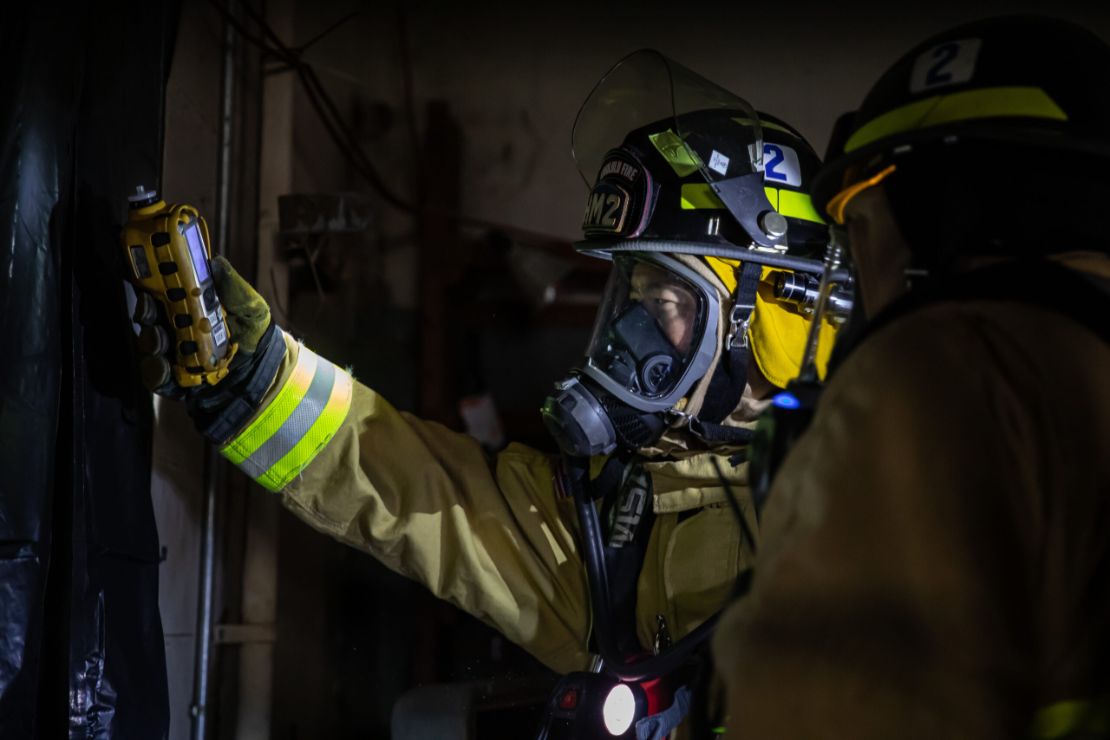Gas Leak Sensors in Industrial Environments: Safety Standards and Requirements
In a processing plant, one unnoticed leak can escalate into a shutdown — or worse. Selecting and maintaining the right industrial gas leak sensor is essential for keeping people safe and systems running.

Why Industrial Gas Leak Detection Needs Regulation
Industrial facilities handle gases that can ignite, poison, or suffocate. Without regular calibration and maintenance, gas detection becomes unreliable — and potentially dangerous.. Governments and industry bodies enforce rules to ensure:
- Sensors respond fast enough to prevent exposure
- Devices operate safely in hazardous areas
- Equipment integrates with facility-wide alarms
- Workers receive clear and early warnings
Core International Safety Standards
Gas detectors must meet multiple layers of safety criteria. The most widely used include:
- IEC 60079: Standards for equipment in explosive atmospheres
- ISO 26142: Performance evaluation for hydrogen gas sensors
- EN 45544: Guidelines for toxic gas detectors in workplaces
- ATEX/IECEx: Certification for use in hazardous zones (e.g., Zone 1, Zone 2)
- OSHA 1910.146: U.S. rules on confined space gas detection
Types of Gas Sensors and Their Compliance Roles
Different sensor technologies play different roles in detection and compliance:
- Electrochemical: Effective for toxic gases like CO or H₂S
- Infrared (IR): Reliable for hydrocarbons in explosive environments
- Catalytic bead: Used for combustible gases, must be integrated into Ex-certified equipment when used in explosive atmospheres.
- Photoionization (PID): Detects VOCs at low ppm, useful in chemical plants
Installation and Operational Requirements
Compliance doesn’t end with buying the right sensor. You must also:
- Install sensors in proper locations (height, leak source proximity, ventilation zones)
- Calibrate devices on schedule, as required by the manufacturer
- Log events and test results
- Train personnel on alarm procedures
- Replace sensors before their certified end-of-life
Regulatory Checklist for Gas Sensor Systems
Use this list to verify your facility is aligned with current gas detector regulations:
- Device (gas detector or analyzer) is certified for the correct hazardous zone (e.g. ATEX, IECEx, UL913)
- Sensor compatible with target gas and concentration range
- Installed according to manufacturer and local authority guidelines
- Maintained and calibrated on a documented schedule
- Integrated with alarms and control systems
- Compliant with worker safety legislation (e.g., OSHA, HSE)
- Fail-safe features tested and functional
Typical Mistakes That Lead to Non-Compliance
Many companies fail audits or suffer incidents due to avoidable mistakes. The most common are:
- Using sensors or devices that are not designed for use in hazardous areas
- Skipping or delaying calibration
- Installing devices in incorrect locations
- Failing to update systems after process changes
- Overlooking documentation and maintenance logs
How to Stay Compliant Long-Term
Regulatory compliance is not static. As processes evolve, so do risks. To stay aligned:
- Review regulations annually or when introducing new equipment
- Train new staff on safety systems and alarm responses
- Schedule third-party audits for unbiased validation
Choose, Install, Maintain — in Line with Standards
A reliable industrial gas leak sensor is not enough by itself. Only full alignment with gas detector regulations protects your operation from risks, shutdowns, and legal consequences. Build compliance into your safety plan from day one — and keep it there through routine checks and staff awareness.